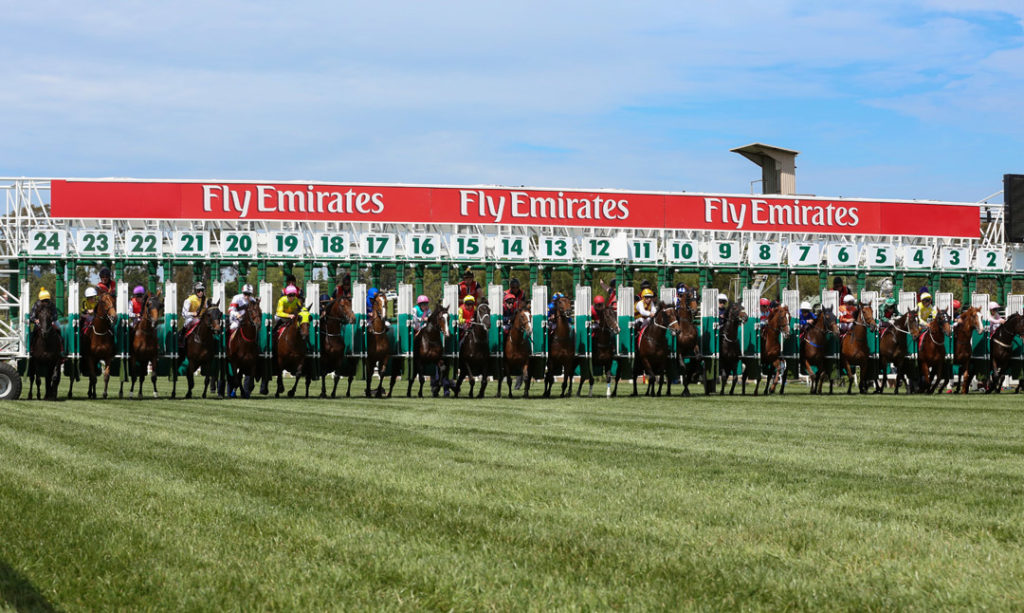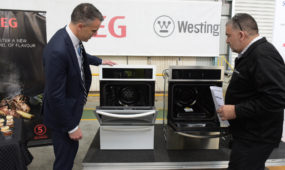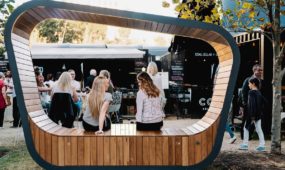The company behind starting the race that stops a nation
Manufacturing
When Australia stops for the Melbourne Cup today, workers at a small manufacturing company in the Adelaide Hills will have more riding on it than just the office sweepstake.

Sign up to receive notifications about new stories in this category.
Thank you for subscribing to story notifications.

The world’s biggest starting gate, made by Steriline Racing at Mount Barker, will send the field on its way in Australia’s most famous race, the $6 million Melbourne Cup.
The South Australian company has become the dominant force in starting gates in the thoroughbred racing industry worldwide, designing and building gates in more than 50 countries including famous courses such as Royal Ascot in England, Meydan in Dubai and Hong Kong’s Sha Tin and Happy Valley circuits.
Steriline Racing gates have been used to start the world’s richest race – the USD $10 million Dubai World Cup – for more than two decades.
But it is Flemington Racecourse in Melbourne and Australia’s famous race that holds a special place in Steriline Racing Chief Executive Officer John Fargher’s heart.
“It’s everyone in the industry’s dream to be associated with the Melbourne Cup because it’s a spectacle, it’s got a global audience of millions of people watching and it gets coverage everywhere around the racing world,” he said.
“We have a caption saying ‘On the first Tuesday in November when Australia stops, Steriline starts’.”
Steriline has done work at Flemington since the 1990s and was asked to build the 25-stall starting gate ahead of the 150th running of the Melbourne Cup – the race that stops the nation – in 2010.

Fargher said previously the world’s biggest gate was 20-stalls wide, meaning that large fields in races such as the Melbourne Cup and some Royal Ascot events required multiple sets of gates.
The 25-stall gates have since been used regularly for races that start in the Flemington straight such as the 24-horse Melbourne Cup and sprint races down the “straight six”.
“When we were asked to build it, it was only going to be used for the very special, very large field races, which might have only been a few times a year. But since it’s been installed they’ve realised how much easier it is to use so they’ve used it on a regular basis,” Fargher said.
Steriline’s work at Flemington has not been limited to the track.
It played a major role in the rebuilding of the famous Birdcage area in 2007 when a 180m tunnel was constructed from the parade ring to the mounting yard to provide safe access for horses and prevent overcrowding on busy race days.
Steriline also replaced the Flemington clocktower in 2014, which is part of racing folklore because its positioning at the 150m mark was regarded by legendary Melbourne Cup-winning trainer Bart Cummings as the ideal place for jockeys to unleash their final sprint to the finishing post.
“The challenge with the clocktower was the old tower was condemned through age,” Fargher said.
“However, it had some historic value so we had to make it look like it used to look but bring it up to safety and Australian building standards, which was almost an impossible task.
“The success was that some people didn’t even know that a new tower had been put up.”
Steriline manufactures a range of other products for the global racing industry such as running rails, greyhound starting boxes, winning posts and fencing for mounting yards.
The company’s 13 full-time staff and local contractors have recently built and installed new starting gates at tracks in England, Sweden, Hong Kong and the United Arab Emirates.
Jump to next article



